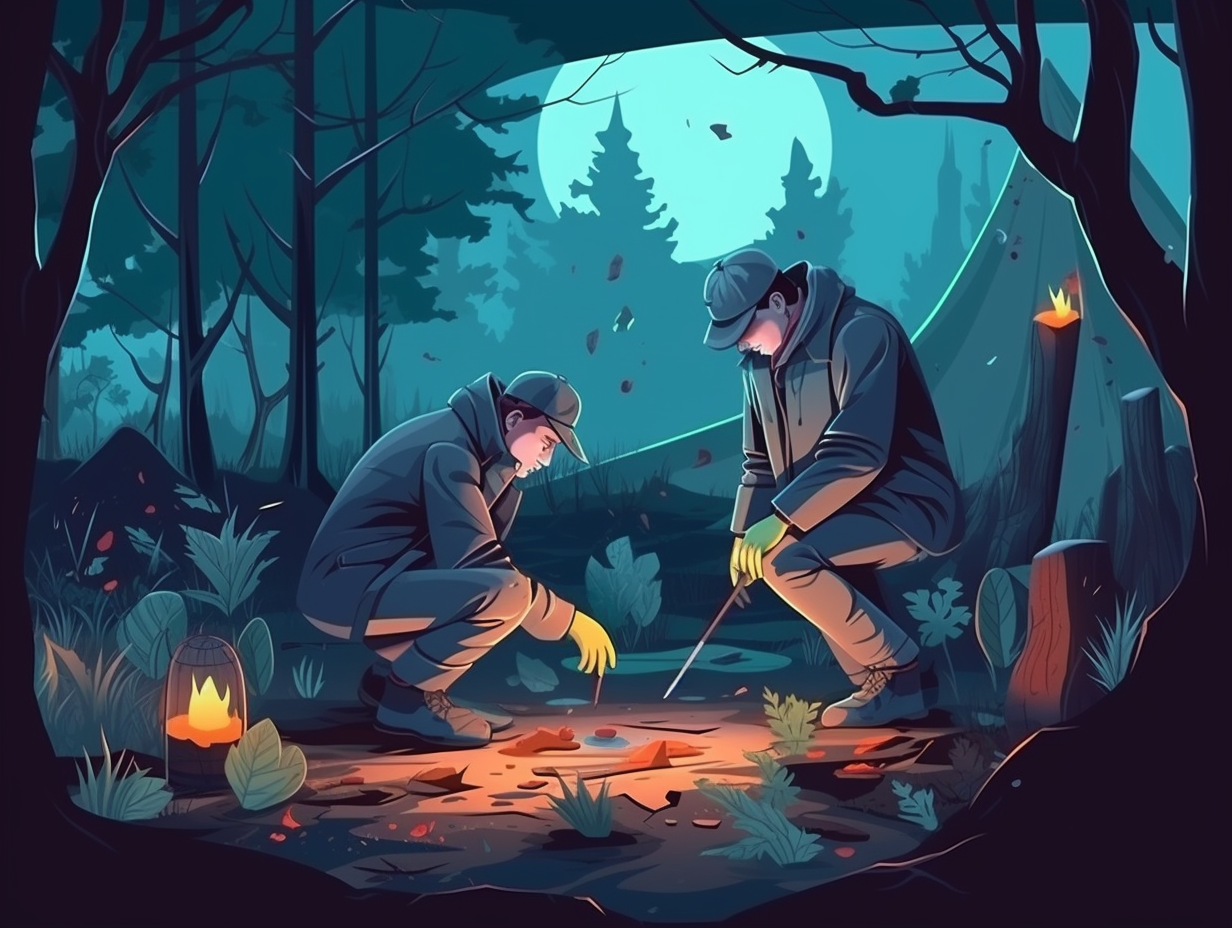Unraveling the Genetic Code: Top 9 Amazing and Fun Facts About DNA!

1. Party of DNA Lookalikes
If DNA were a party, we'd all be wearing practically the same outfit: As it turns out, the Human Genome Project found that humans are merely 0.1% genetically different from one another. This seemingly minuscule difference actually translates to millions of variations in our genetic code, impacting our risk for certain illnesses and responses to medications. Thanks to whole genome association studies, researchers are working towards tailoring treatments based on individuals' unique genetic ensembles.
Source => genome.gov
2. DNA: The Ultimate Storage Device
Forget the cloud or your grandma's dusty storage closet: DNA is the keeper of life's deepest secrets and now the keeper of mankind's burgeoning data empire too! Surprising storage solution: A mere gram of DNA can hold up to a staggering 215 million gigabytes of data, putting all other known storage technologies to shame – though we're not quite at the point of cramming the entire world's data into a spoonful (yet).
Source => micron.com

Did you know salamanders are slimy superstars that can regenerate lost limbs, organs, and tissues? Discover their amazing abilities in our fun facts about cells!
=> Fun Facts about Cells
3. Humans, Chickens, and Bananas: Genetic Cousins
Hold onto your feathers and peel your eyes, because we're more related to chickens and bananas than you might have thought: Surprisingly, humans share more than 60% of their DNA with both chickens and bananas, and over 60% with fruit flies as well, showcasing the remarkable evolutionary journey and connectedness of all living organisms on Earth.
Source => pfizer.com
4. DNA's Intergalactic Adventure
Hold onto your hats, folks, because DNA is boldly going where no molecule has gone before: The DNA Atmospheric Re-entry Experiment conducted by the University of Zurich showed that plasmid DNA molecules can survive the extreme conditions of space flight and re-entry into Earth's atmosphere while remaining functional enough to transfer genetic information to bacterial and connective tissue cells!
Source => sciencedaily.com

5. DNA Leapfrog to the Moon
If your DNA decided to play a game of leapfrog, it would take it almost 50 years to reach the moon and back: The human body contains approximately 37 trillion cells, and if all that DNA were uncoiled and connected end-to-end, it would span more than 74 billion meters in length!
Source => blogs.ncl.ac.uk
6. Grandma's Heirloom Viruses
You know how grandma's house has her old knick-knacks and heirlooms scattered around, that we're supposed to be thankful for but aren't quite sure what they do? Well, our DNA is kind of like that: over 30 types of human endogenous retroviruses (HERVs), inherited from our primate ancestors millions of years ago, make up more than 60,000 proviruses in our genome. While they've been linked to diseases like Lou Gehrig’s disease and multiple sclerosis, some may still play a protective role by interfering with the replication cycle of their ancestral virus.
Source => the-scientist.com
7. Ctrl+C and Ctrl+V Twins: Epigenetic Edition
Twins: proof that nature likes to Ctrl+C and Ctrl+V, but demand epigenetics to spice things up! Although identical twins have the same DNA, their epigenetic tags can differ, leading to differences in gene expression, behavior, and disease susceptibility – and these differences increase as they age, giving fascinating insights into nature versus nurture.
Source => learn.genetics.utah.edu
8. Rule-Breaking 10% Genes
In a world where your hair, heart, and even your dinner plate insist on standing out, there's something to be said for the one in ten rule: only about 10% of your genes bother to flex their unique muscles in any given cell type! The grand reveal: Although our DNA houses an impressive 3.2 billion base pairs, leading to 23 chromosome pairs and around 50,000 genes, the real magic lies in the fact that each cell type – be it muscle, skin, or nerve – showcases its individuality through a specialized gene expression profile.
Source => ncbi.nlm.nih.gov
9. Decades-Later DNA Arrest
Talk about a blast from the past: In the 1979 Patricia Carnahan murder case, DNA from an untested rape kit was used to crack the case and nab Harold Carpenter four decades later, reminding us to never underestimate the power of our genetic breadcrumbs!
Source => latimes.com
Related Fun Facts




















